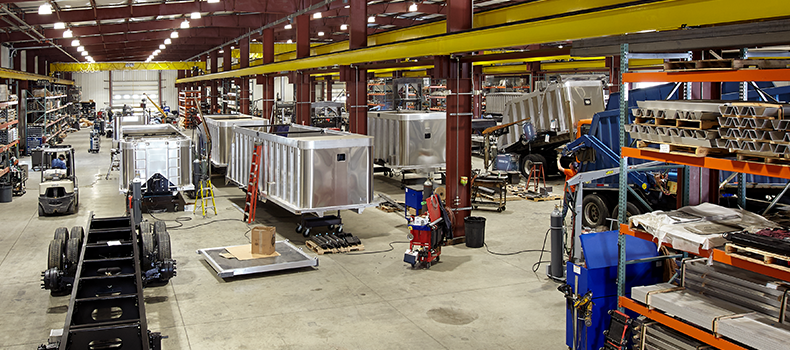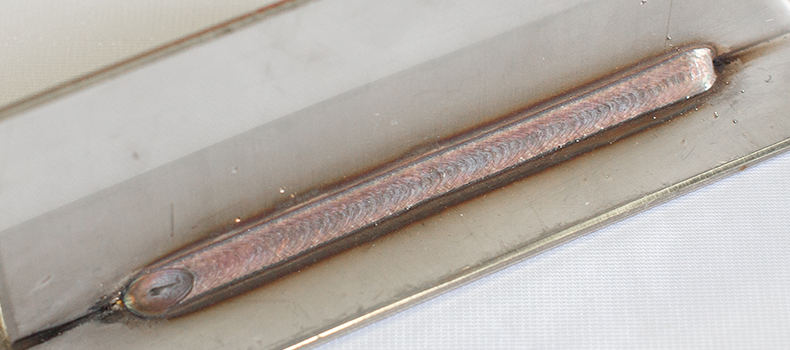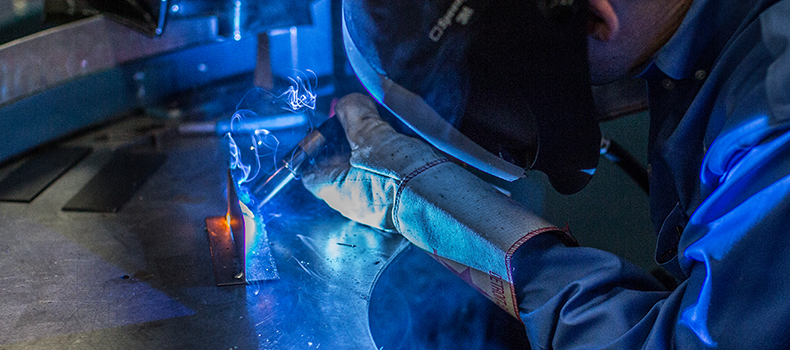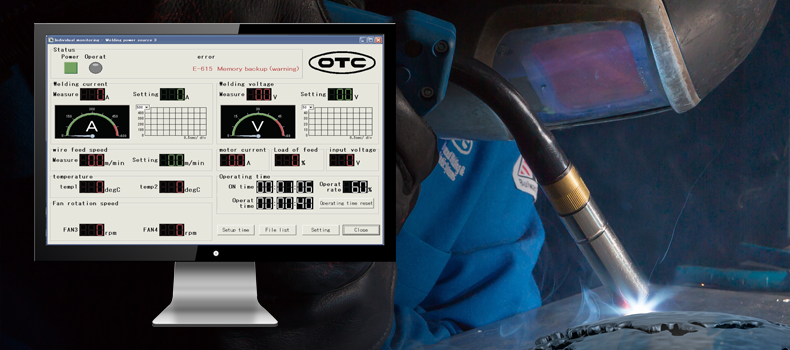Walk into any sizable hardware store and you’ll see a range of welders, some a few hundred dollars or less.
Topics: Manual Welding
When you're running a production line's welding operations, there are any number of factors you need to take into consideration that can impact your overall profitability. By taking these factors into consideration, you can develop a welding process that maximizes profitability and quality. However, issues such as low weld deposition, high levels of spatter, poor weld penetration, welding out of position, poor bead appearance, distortion of thinner materials and low weld speed can all quickly impact your profitability in a negative way. One solution to consider is low-frequency pulse MIG welding.
Topics: Manual Welding
When you're dealing with quality control issues in your production line, one common area of concern is your welding operation. But what kind of changes do you need to make to improve quality? Are there particular types of welders that can make a difference in your final quality? Absolutely! One common solution is to use a welder with ultra-low spatter features and benefits, but only if it works for your circumstances. Here's a quick look at what situations work well for ultra-low spatter welders.
Topics: Manual Welding
When you have arc welding operations as part of your production line, you want that operation to run in as smooth and efficient a manner as possible. But how do you reach the best possible quality without losing time and creating a production bottleneck? Previously thought to only be possible in TIG welding, we've developed ways for you to get the quality of TIG welding with the speed of MIG welding. Here's more about how arc welding exemplifies the economics of the production line.
Topics: Manual Welding
What is Welbee? An Introduction to Automated Weld Quality Control
When welding operations are a vital part of your assembly line, being able to monitor and control the weld quality is important to your final product. But how do you keep track of what's happening across the line and ensure that welding operations remain within parameters during the process instead of catching mistakes after the fact? Whether your line is involved in manual or robotic welding, our Welbee power source can help. Here's a little more about our solution to your welding quality woes.
Topics: Manual Welding
Working in a welding facility can be one of the hardest jobs on the planet. There's high voltage electricity, serious heat and vaporized metal particulates. How do you keep your workers safe? Here are a few tips to help create a healthy work environment in your production facility.
Topics: Manual Welding


.png)






